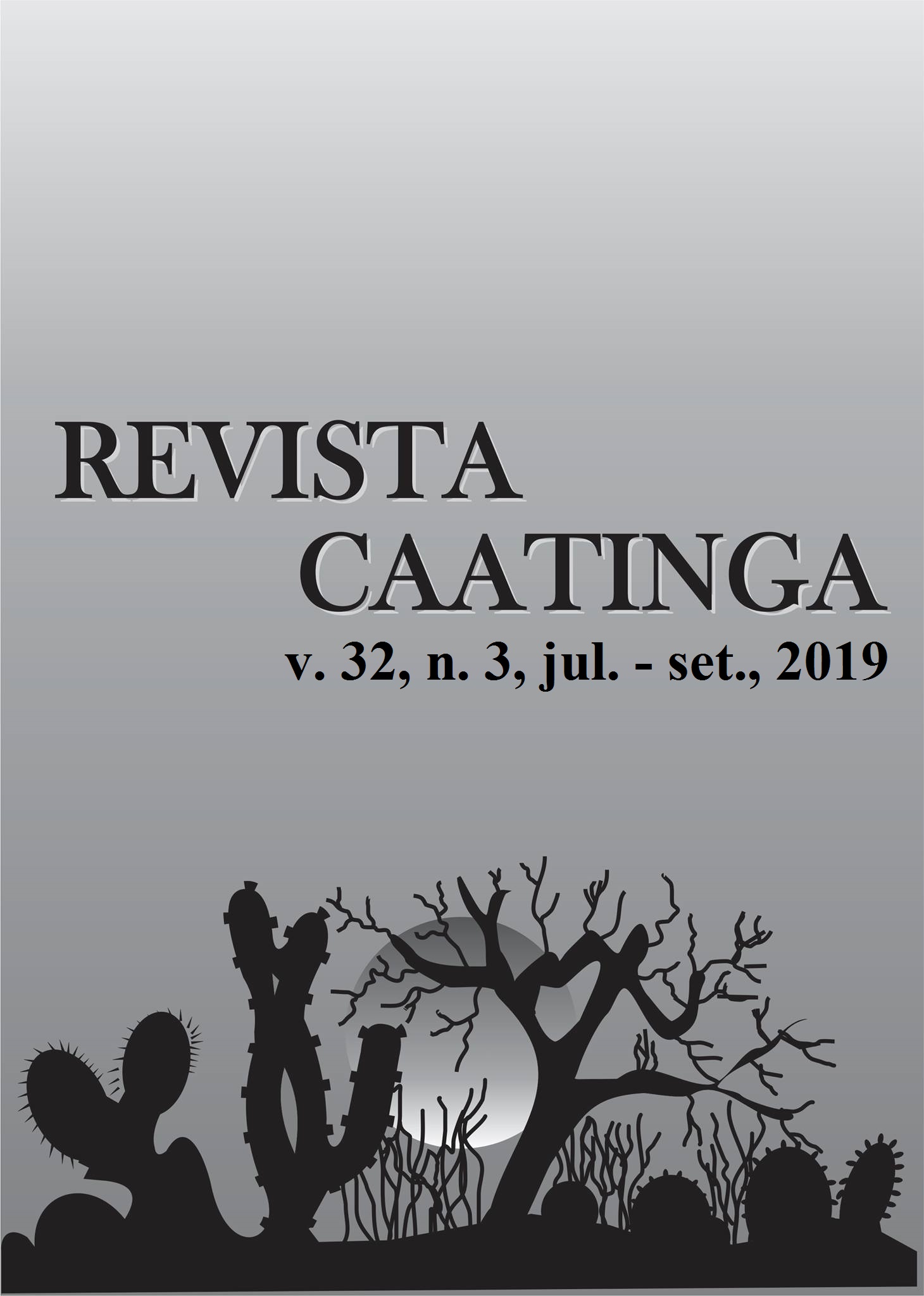GENETIC GAINS IN THE POPCORN POPULATION UENF-14: DEVELOPING THE NINTH GENERATION OF INTRAPOPULATION RECURRENT SELECTION
DOI:
https://doi.org/10.1590/1983-21252019v32n307rcKeywords:
Zea mays L. var. everta. S1 progenies. Yield. Popping expansion. Expanded popcorn volume per hectare.Abstract
The occurrence of negative correlations between grain yield (GY) and popping expansion (PE) in popcorn complicates the selection process. In an attempt to overcome this inconvenience, we proposed the use of the importance characteristic volume per popcorn per hectare (PV). The objectives of this study were to develop the ninth cycle of the UENF-14 popcorn population, to estimate the direct and indirect effects of PV and to verify the genetic progress among all selective cycles. We obtained and evaluated 200 inbred progenies in randomised blocks arranged in replicates within sets, with nine sets consisting of 25 progenies and one set with all previous eight cycles with three replicates. The average height of the plants, prolificacy, 100-grain weight, grain yield, grain popping expansion and volume per popcorn per hectare were evaluated. Track analysis was performed to determine the direct and indirect effects, and the Mulamba and Mock selection index was calculated for the selection of the 40 superior progenies. There was genetic variability among progenies in all evaluated traits, with a cause-and-effect relationship between PV with GY and PE, allowing simultaneous gains with indirect selection. The selection of the best progenies was more effective when using arbitrarily assigned weights, which provided higher predicted gains for PV (20.73%). The means obtained in all cycles indicated increases, demonstrating the efficiency of using continuous recurrent selection in popcorn breeding programs.
Downloads
Downloads
Published
Issue
Section
License
Os Autores que publicam na Revista Caatinga concordam com os seguintes termos:
a) Os Autores mantêm os direitos autorais e concedem à revista o direito de primeira publicação, com o trabalho simultaneamente licenciado sob a Licença Creative Commons do tipo atribuição CC-BY, para todo o conteúdo do periódico, exceto onde estiver identificado, que permite o compartilhamento do trabalho com reconhecimento da autoria e publicação inicial nesta revista, sem fins comerciais.
b) Os Autores têm autorização para distribuição não-exclusiva da versão do trabalho publicada nesta revista (ex.: publicar em repositório institucional ou como capítulo de livro), com reconhecimento de autoria e publicação inicial nesta revista.
c) Os Autores têm permissão e são estimulados a publicar e distribuir seu trabalho online (ex.: em repositórios institucionais ou na sua página pessoal) a qualquer ponto antes ou durante o processo editorial, já que isso pode gerar alterações produtivas, bem como aumentar o impacto e a citação do trabalho publicado (Veja O Efeito do Acesso Livre).







